Welcome to Hank’s March 2025 Astrophotography Blog. I was hoping this month to photograph the entire total lunar eclipse, but I at least got about half of it. The skies were cloudy, and through much of beginning of the eclipse I could see wispy clouds passing in front of the Moon. Shown here is a photo I took just before the eclipse began, then photos taken about every 10 minutes thereafter. I could control my Seestar telescope from inside the house, but I was back and forth, inside and outside, to keep an eye on the clouds. After I took the photo at 00:17 (17 minutes after midnight) I saw the big bank of clouds were just about to hide the last tiny crescent of the Moon, so I increased the gain on the telescope to see if I could spot the red glow of the lunar totality (7 minutes before the actual totality), and it came through! I then turned down the gain, and took one more photo of the crescent before the clouds covered the Moon.
I took two images of nebulas this month, the Orion Nebula (the last one for the season, as Orion is heading behind our tall pines to the west) and the Rosette Nebula.
This is the time of year when galaxies and globular clusters come out in force. For galaxies I was able to capture M96, M64, M61 and part of the Markarian’s Chain of galaxies. In January I posted a mosaic of two images that I took to capture the Leo Triplet galaxies. This month I was able to get a mosaic of four images to show part of the Markarian’s Chain of galaxies. Each of the four images captured an hour and 40 minutes worth of light. The trick in putting the 4 photos together is making the pieces blend together so you don’t see the seams. I did it with Photoshop Elements, but not on the first (or second or third) try! I’ve got a plan to try and capture the total the chain….so stay tuned!
Below are the globular clusters M3, and M 53.Globular Clusters are a conglomeration of stars bound by gravity. It is estimated that M3 has 500,000 stars and is fairly close to Earth, at about 32,600 light years away and within our galaxy. It has 274 variable stars that have been identified. Variable stars vary regularly in brightness over time, either due to something that causes them to dim (swelling or shrinking), or due to something periodically blocking it, such as an orbiting object. For some reason, postprocessing M53 was a challenge. So, I kept on capturing more and more images until I had over 5 hours of light exposures.
Until next time, Clear Skies! -Hank




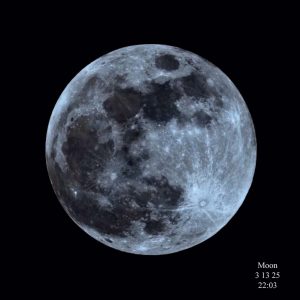

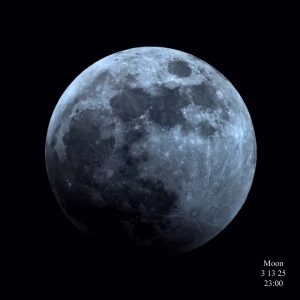
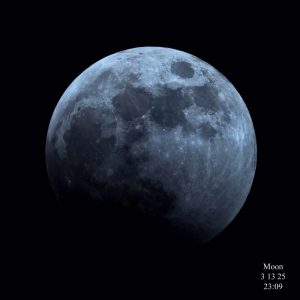
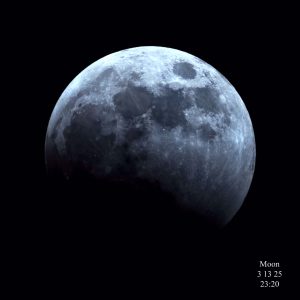
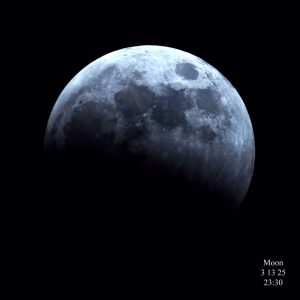
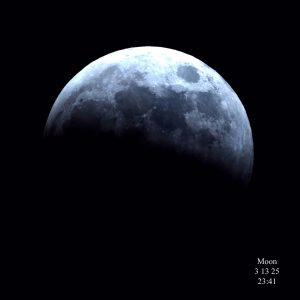
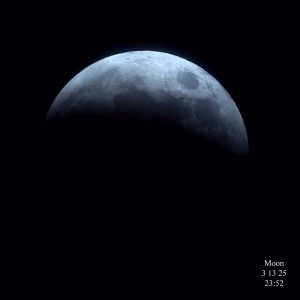

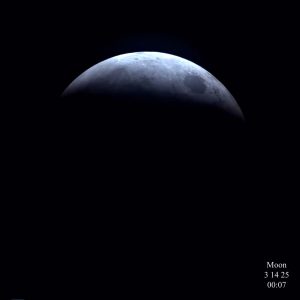
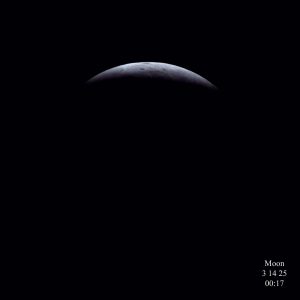
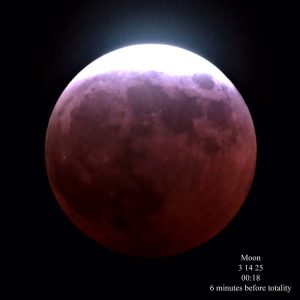
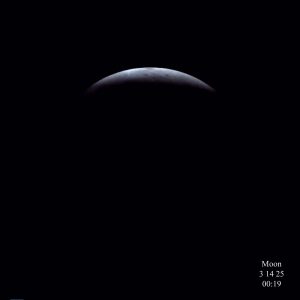
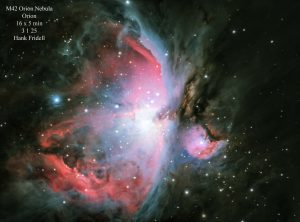
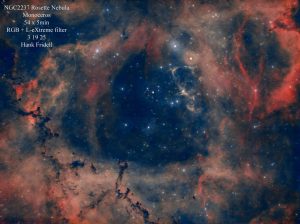
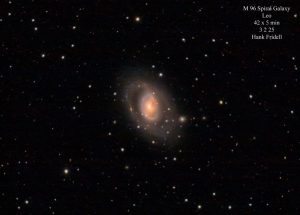
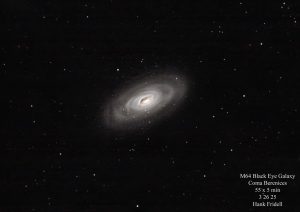
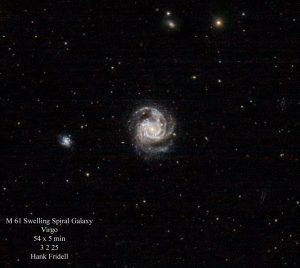
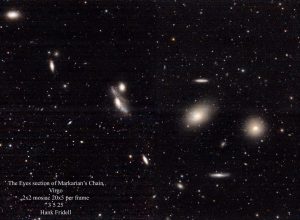
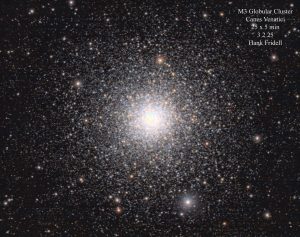
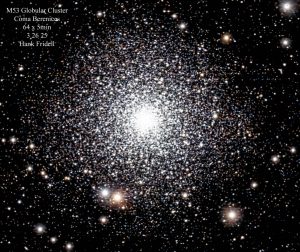
Mind blowing pictures! How vast is the universe and beautiful!!! Keep looking upward
Thanks, Kathy! -Hank